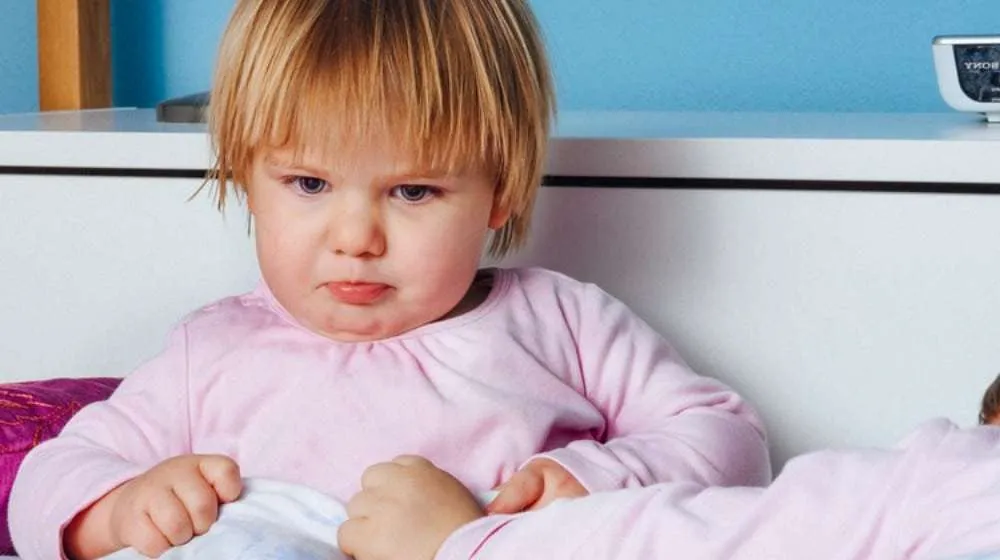Signs of Autism in Infants
Autism Spectrum Disorder (ASD) is typically diagnosed between ages 2 to 4, but signs of autism in infants may be recognized at a much younger age. At 6 months old, developmental red flags may already manifest, and by 9 months, a baby can already be eligible for an autism screening test. Early diagnosis allows for early intervention, which is why it’s important to keep track of your baby’s developmental milestones. Read on to learn more about the early signs of autism in infants and the developmental red flags to look out for.
Signs of Autism in Infants: 7 Red Flags to Look Out For
1. Infrequent Eye Contact

This post may contain affiliate links. For my full disclosure policy click here.
One of the early signs of autism in babies is infrequent eye contact. Try to observe if your baby makes eye contact while nursing or talking. Take note if they seem to look right through you or if they don’t seem to pay attention when you’re speaking to them. Additionally, observe whether your baby is able to follow moving objects with their eyes.
2. Passivity

Another autism red flag is passivity. Does your baby respond when you’re trying to get his attention? Is he curious to see where a sound is coming from? If your baby’s hearing seems to be fine in other situations but you answered no to both questions, this could be another early sign of autism. In addition to this, lack of interest in typical baby games like peekaboo is another red flag to note.
3. Lack of Facial Expression
You should start observing smiles and other facial expressions from your baby by 6 months old. Not smiling or giggling, especially in response to smiles from others, is one early sign of autism to look out for.
4. Irritability

It’s typical for infants to be a little fussy. But if your baby is constantly irritable and is more difficult to console compared to his peers, it could be considered another autism red flag. Note how often your baby gets annoyed or angry, or if he tends to react negatively in typical or average situations.
5. Sensory Sensitivity
https://www.facebook.com/606215809743760/videos/622748971423777/
Another warning sign of autism in babies is sensitivity to light and noise. Observe your baby’s response to toys that make noise or have flashing lights. Does he get overwhelmed? Additionally, how does your baby respond to touch? Children with autism tend to have sensory sensitivities and get distressed when cuddled or touched, or when they are exposed to flashing lights, loud noises, and unusual textures.
6. Delayed Language Skills
Before they turn one, babies are already cooing, babbling, and mimicking sounds and facial expressions. Additionally, at this age they typically use gestures such as pointing, reaching, and waving. If your baby doesn’t show these early signs of talking by 12 months, it could be an early sign of autism or a language delay.
7. Atypical Behaviors
Atypical behaviors usually manifest in older children but can also be observed in some infants. Watch out for unusual and repetitive movements such as rocking and hand flapping. Other autism symptoms in toddlers to look out for include inflexibility, fixation on certain objects, and poor social skills.
Learn more about the early signs of autism in babies with this video by Autism Family:

Recognizing the early signs of autism in infants allows for early diagnosis and intervention. Remember that the earlier an infant is diagnosed with autism, the sooner they can receive the appropriate services and resources. Talk to your doctor if you have repeatedly observed any of the autism signs listed above. It’s important to work with healthcare professionals to get a complete and accurate assessment of your child’s condition.
Do you know of other early signs of autism in babies? Share them in the comments section below!

